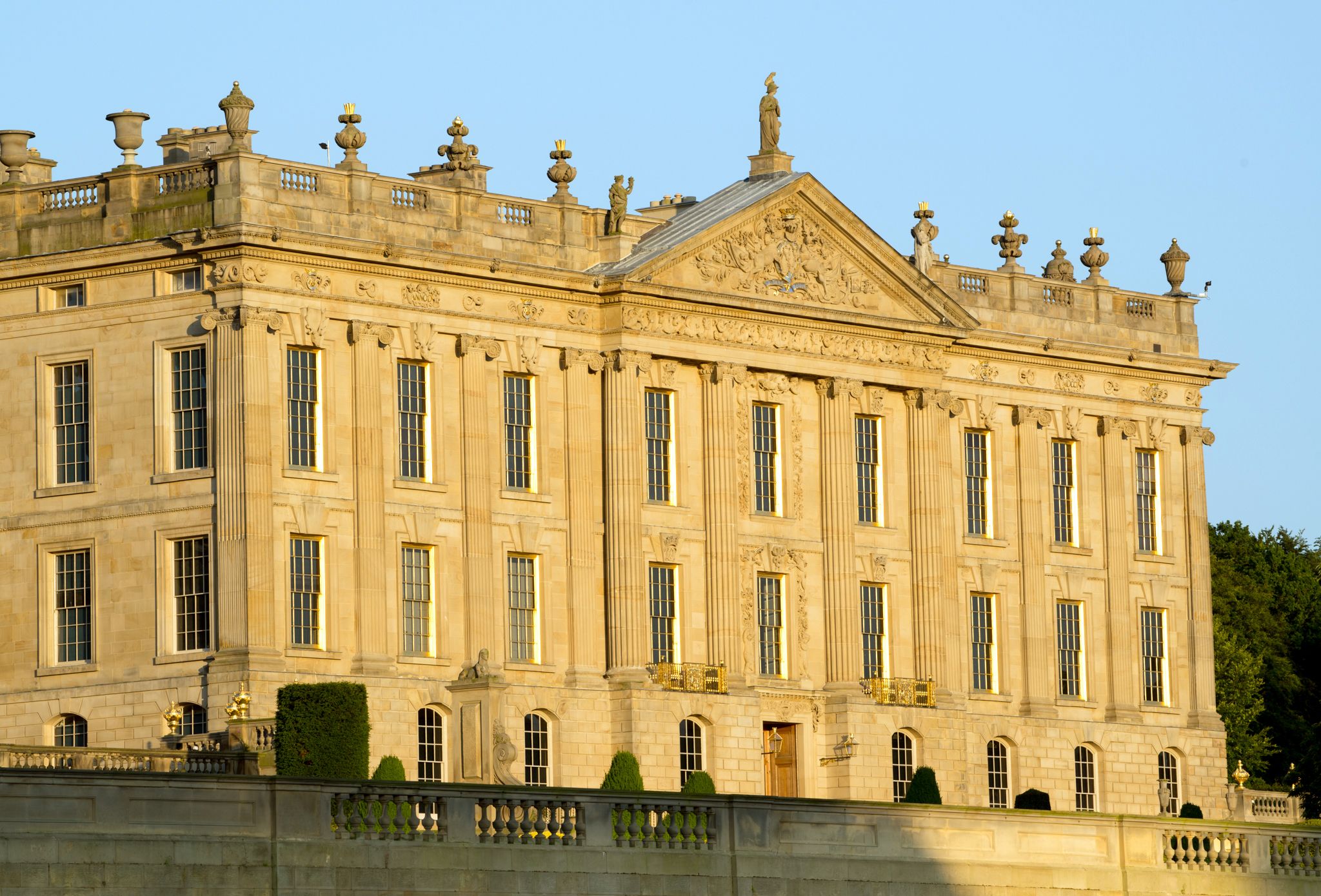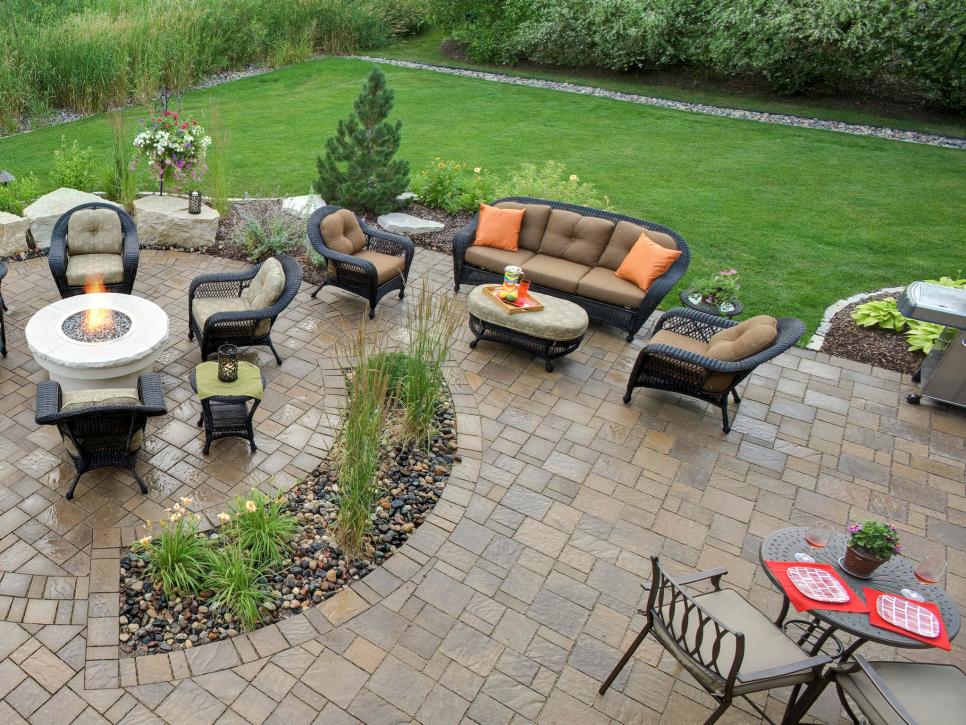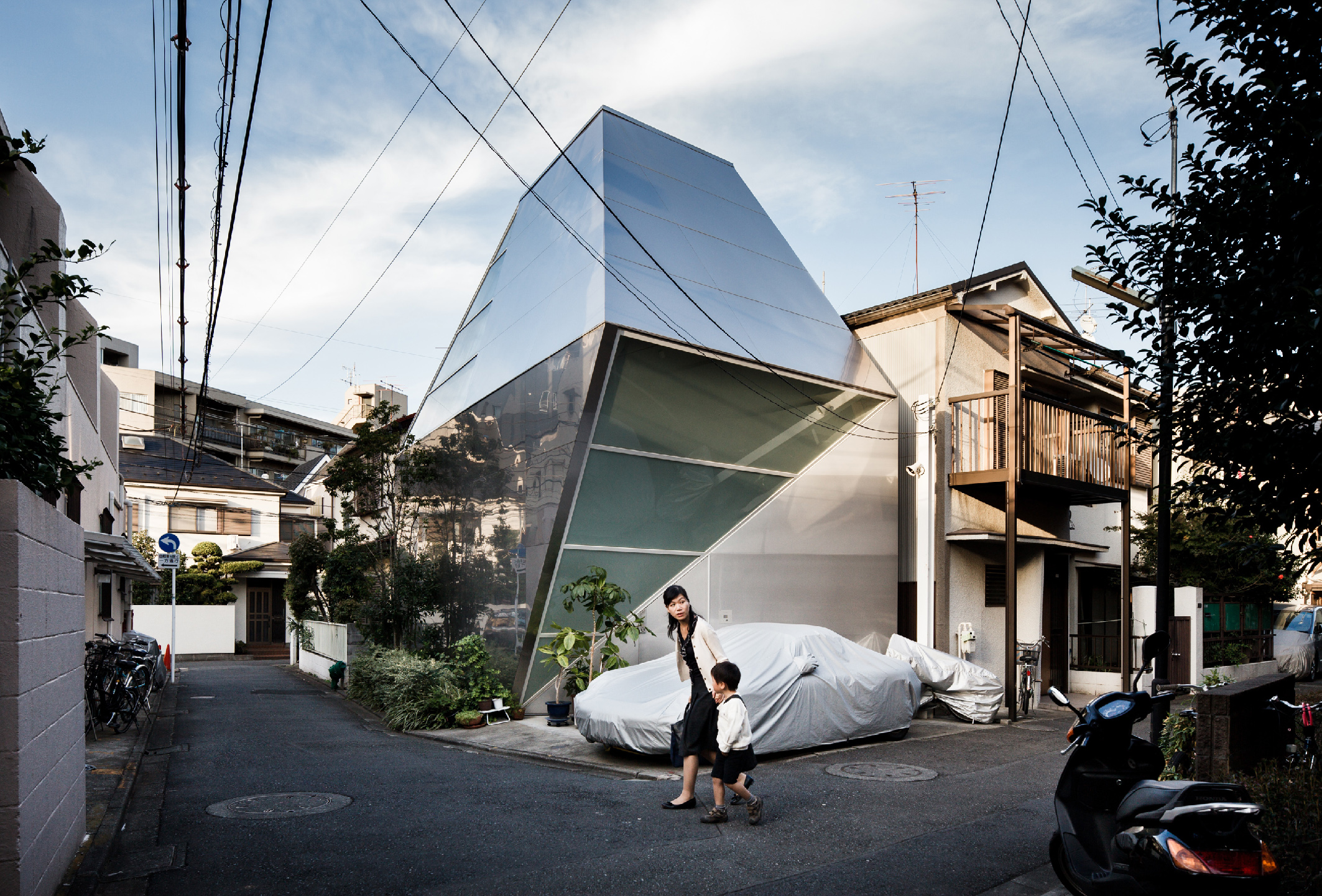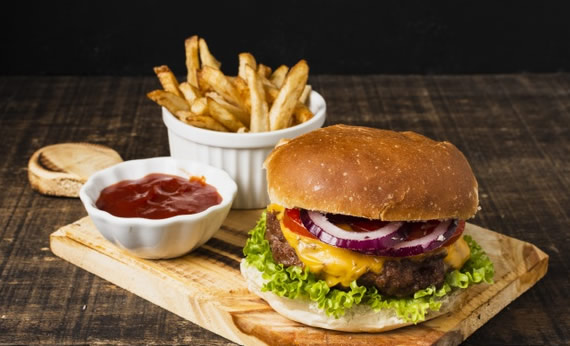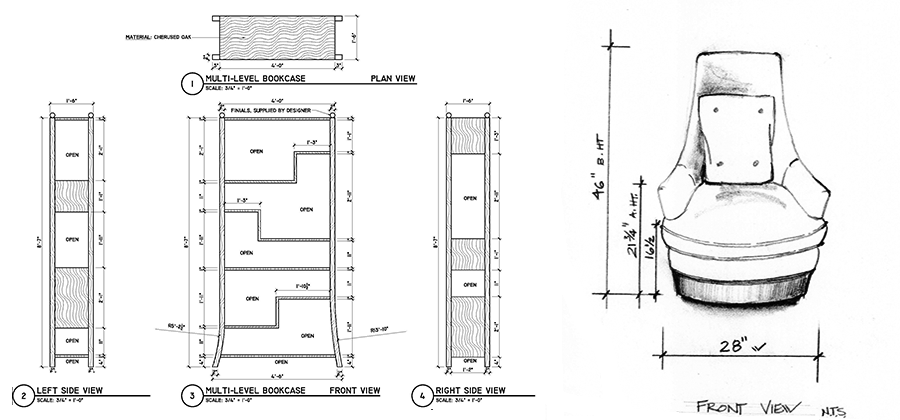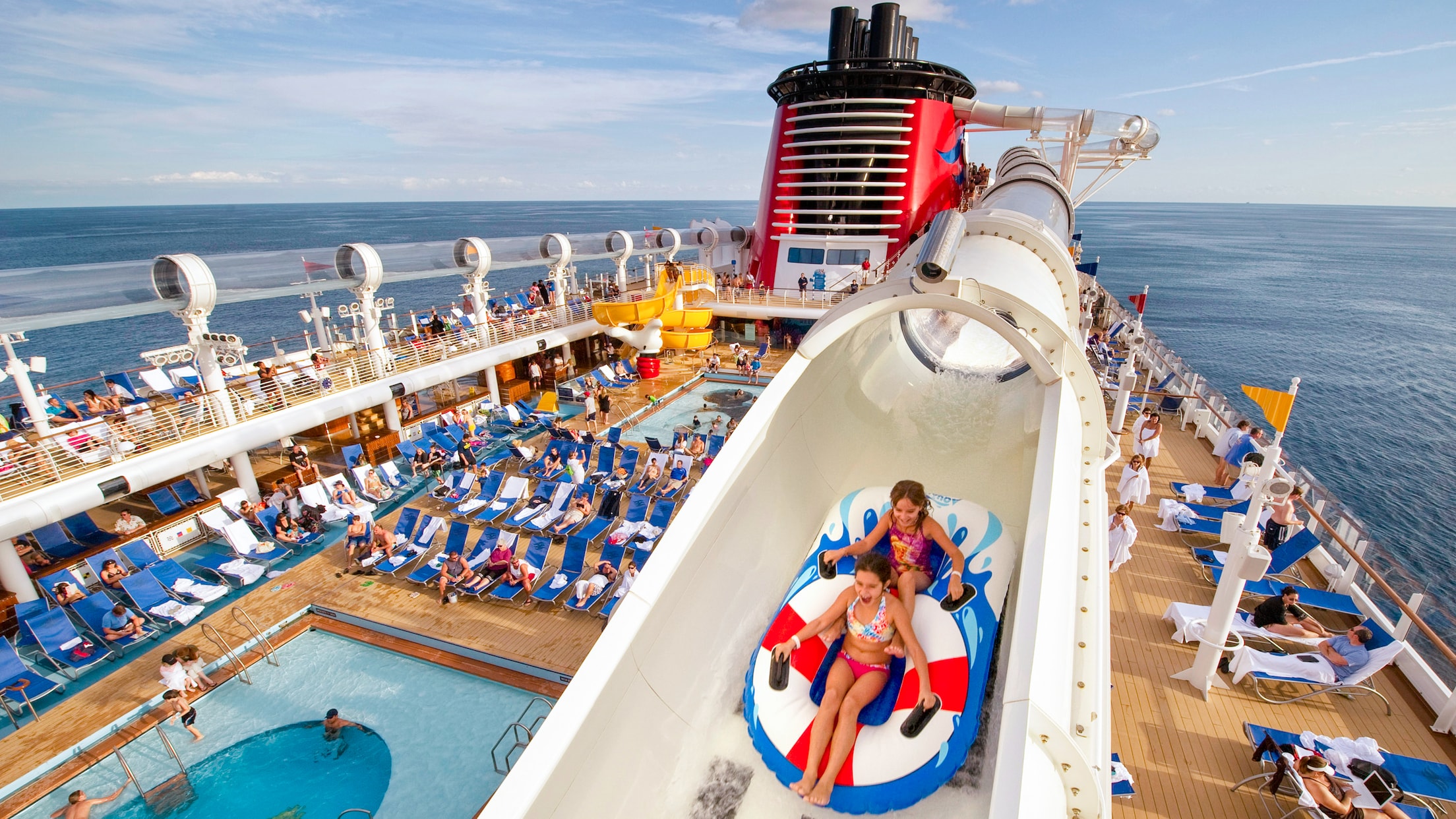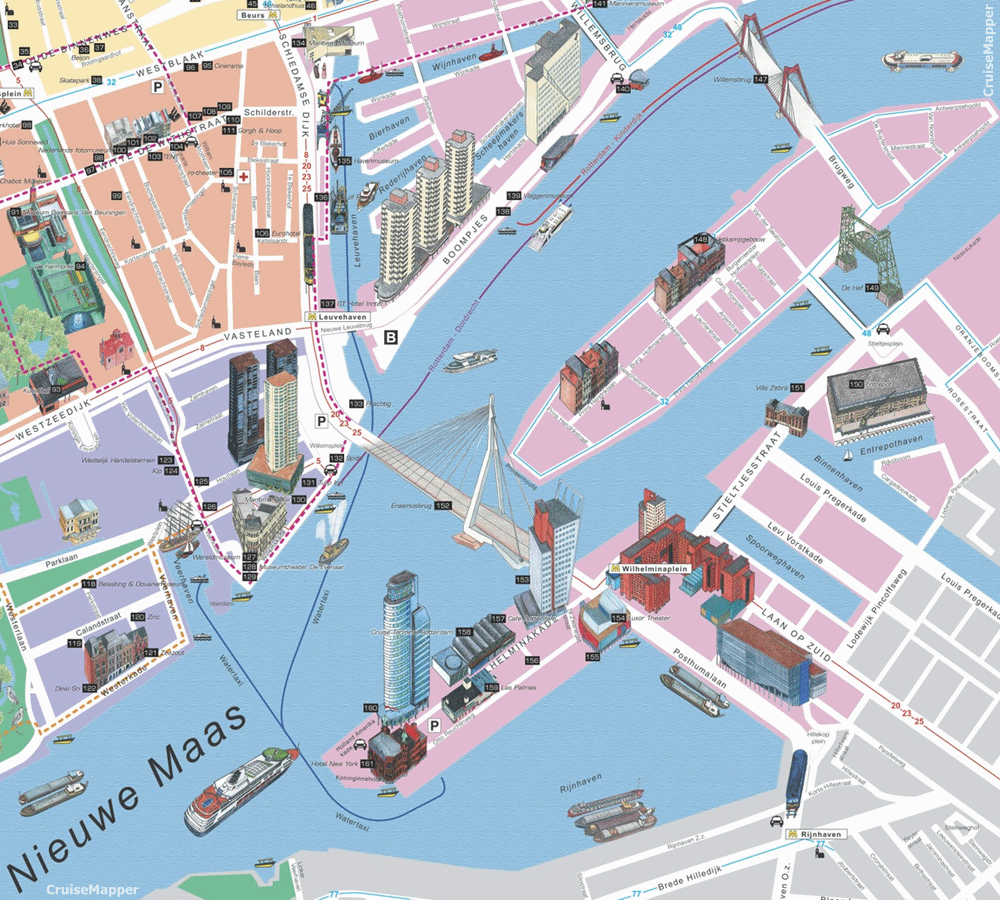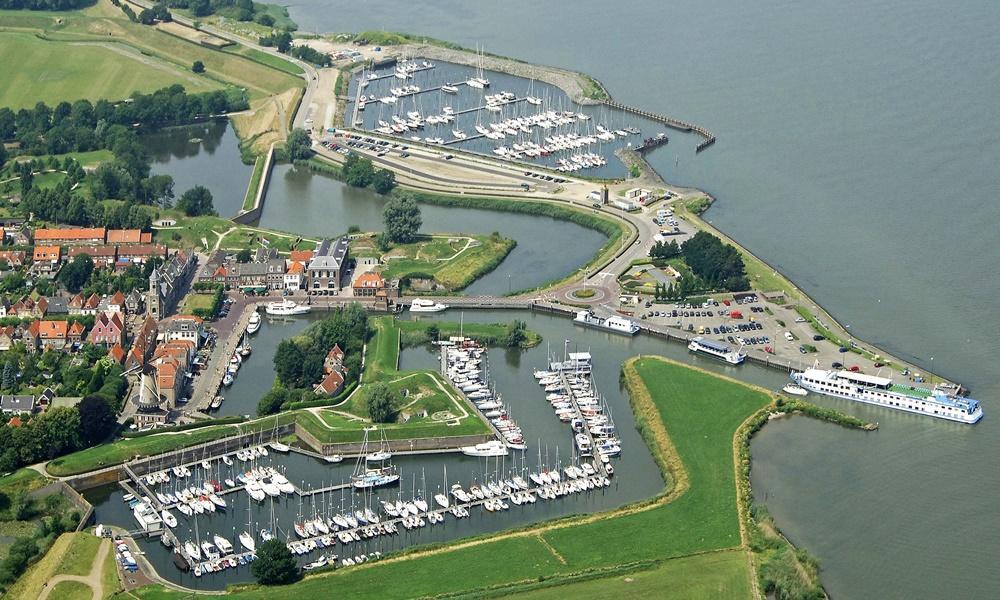Table Of Content

From sculptures, jewellery, clothing, and homewares to food and drink sourced from the estate and local makers, our range of shops offer a wealth of choice. Add a guided tour of the house, garden or wider estate to your day's itinerary. The Settlement runs the four shops and the catering operations at Chatsworth, paying a percentage of turnover to the charitable Chatsworth House Trust in lieu of rent. It also runs the Devonshire Arms Hotel and the Devonshire Fell Hotel & Bistro on the Bolton Abbey estate and owns the Cavendish Hotel at Baslow, on the edge of Chatsworth Park, which is let to a tenant.
Hatton Garden
The farm shop employs butchers, bakers and fishmongers, and the restaurants have a busy staff of chefs and servers. Last but not least are the friendly faces of the front-of-house team and the guides. At the centre of this hive of activity are the present Duke and Duchess, busy working on their ‘masterplan’ for restoring, preserving and enhancing Chatsworth. The estate has a wonderful 105-acre garden which is also open to the public and includes a large maze, farmyard, and adventure playground.
The 6 Kings and Queens of the Stuart Dynasty In Order
Such a task would fall on the next Earl, who in the 1680s recognised the need for repairs which were executed through an extensive rebuilding project, which replaced the South Front and worked on the Painted Hall and many other rooms. The 4th Earl was also heavily involved in the progress of the work and died in 1707 after seeing his plans come to fruition and Chatsworth restored to its former glory. During this time, the Earl of Shrewsbury was selected as the keeper of Mary, Queen of Scots who had been imprisoned by Queen Elizabeth I in 1568 after her escape to England.
Chatsworth House theatre to host production of Steel Magnolias - Yahoo News UK
Chatsworth House theatre to host production of Steel Magnolias.
Posted: Sun, 24 Sep 2023 07:00:00 GMT [source]
News about the house and collections
The year 1840 brought the death of the Duke's beloved niece Blanche, who was married to his heir, the future 7th Duke. William Cavendish, 3rd Earl of Devonshire, was a staunch Royalist, expelled from the House of Lords in 1642. He left England for the safety of the continent and his estates were sequestered.[9] Chatsworth was occupied by both sides during the Civil War, and the 3rd Earl did not return to the house until The Restoration of the monarchy. He reconstructed the principal rooms in an attempt to make them more comfortable, but the Elizabethan house was outdated and unsafe. Our learning programme includes facilitated workshops and experiences for all ages including early years, primary and secondary school groups, families and community groups.
Christine’s day also revolves around long-term plans for the house, and the many annual events held there including Floribunda, the flower festival, and of course, Christmas. The royal pair never made their proposed visit, but the result was a magnificent State Apartment, which captures the baroque ethos of the time, infused with theatricality, illusions, painted decoration and whimsy. The estate regularly hosts field trips for schools from early years, primary or secondary school pupils, and welcomes activity-based outings for local community groups, Chatsworth House is around a three-hour's drive from London. The first house to be built on the Chatsworth House site was constructed in 1549 by Bess of Hardwick and her husband Sir William Cavendish.
Explore the Orangery shop at the end of the house route and relax in the garden or the Stables for something to eat. There are plenty of places to stop for a light meal, lunch or afternoon tea. A ticket which includes house entry must be booked to access the welcome talk. Find out more about the house and hear stories of Chatsworth's history by renting a multi-media guide during your visit. Chatsworth House is renowned for its art, landscape and hospitality, and has evolved through the centuries to reflect the tastes, passions and interests of succeeding generations of the Devonshire family.
Farmyard & Playground
In 1978 the Society became the conservator of the 1.3 acre parcel known as the Homestead Acre. The Duke and Duchess of Devonshire live in Chatsworth House and occupy a private flat in the house. Chatsworth also runs two annual rural skills weeks, in which demonstrations of agricultural and forestry are given to groups of schoolchildren on the estate farms and woods. While a standard feature of many estates, what’s the actual purpose?
Park and landscape
The 4th Duke commissioned the landscape architect, Lancelot "Capability" Brown to transform the garden in the fashionable naturalistic landscape style of the day. Most of the ponds and parterres were turned into lawns, but as detailed above several features were spared. Many trees were planted, including various American species imported from Philadelphia in 1759. The main aim of the work was to improve integration of the garden and park. Brown's 5.5 acre (22,000 m2) Salisbury Lawns still form the setting of the Cascade. The other family living rooms are in the eastern half of the ground floor of the South Front.
William and Mary were also the inspiration for the stunning collection of delftware vases – the fashion for which was started by their Majesties’ Dutch origins. The vases are housed in the Great Chamber, which was intended as a gathering place for those seeking an audience with the king and queen. The magnificent painted ceiling by Verrio contains a portrait of the 1st Duke’s Housekeeper Mrs Hackett. They apparently fell out and Verrio immortalised her in the classical scene as the vengeful Fate, Atropos. Approached through 400 hectares of parkland, Chatsworth House is a vision of serenity at the heart of Derbyshire’s Peak District National Park.
Today you can marvel at the largest rock and arguably the centrepiece of the garden design known as the Wellington Rock which stands at around 14 metres in height, complete with its own waterfall. Chatsworth was one of many estates which he inherited in 1811 and after succeeding his father at the tender age of twenty-one, the Duke went on to make some prominent changes to both the house and most importantly, the gardens. Our online shop and onsite gift shops stock a carefully curated collection of gifts, homewares, and Chatsworth-inspired mementos, many from local makers or small sustainable enterprises. Inspire your class or community group with a memorable learning session linked to our house, garden, farmyard or extensive collection. Please note that we do not allow prams, pushchairs or rucksack style baby carriers in the house; side and front baby carriers are welcome. Child entry is ages 3-16 inclusive, children aged 2 and under are free of charge.
The great stately home belonging to generations of the Devonshire family sits proudly in all its architectural majesty and grandeur, surrounded by the beautiful rugged landscape of the Derbyshire Dales. We ask that visitors with mobility aids add a note when booking in order to make your visit as seamless as possible. We also have a limited selection of mobility aids that can be requested during the booking process.
Wild-swimming often takes place in the river, while at Christmas Chatsworth is famously redecorated for immense festive celebrations. Take a tour of the house, explore the 105-acre garden or have fun in the farmyard and playground. Chatsworth House Trust is a registered charity established in 1981 to look after the house and its collections, garden, woodlands, and park for the benefit of everyone. Every penny from tickets sales, Gift Aid, membership, sponsorship, grants and donations goes directly to the Trust to be reinvested in the preservation and improvement of Chatsworth, its learning and outreach programme. Farm stock also graze in the park, many belonging to tenant farmers or smallholders, who use it for summer grazing.
Created by James Paine, the stables are two stories high and accompanied by towers. These stables once stalled 80 horses and had an onsite blacksmith shop. The stables and courtyard are now home to The Cavendish Rooms, consisting of a cafe and a shop, along with rooms to hire for events. When you are in the Chatsworth House, England, you will immediately understand why this house is Britain’s favorite country house. Almost 300,000 travelers and tourists visit Chatsworth House every year. A fraction of the 1.4 million visitors that The Biltmore Estate in North Carolina enjoys.
You'll be asked to specify a house entry time but you're welcome to arrive at Chatsworth from 10am onwards. Explore the Chatsworth estate and you'll find welcoming country pubs, hotels and holiday cottages, a shopping village and an award-winning farm shop and café. The Chatsworth Settlement has a range of sources of income in addition to agricultural rents. Several thousand acres, mostly round Chatsworth and on the Staveley estate, are farmed in hand.
If for nothing else, an overdose of Christmas decorations is guaranteed to get you in the Christmas spirit. A favorite for the children, the farmyard at Chatsworth lets children meet ponies and lambs, take a trailer ride, swing, climb and splash around. There are also special activities during Easter, Halloween, and Christmas. Chatsworth offers guided tours with commentary in a 28-seater trailer pulled by a tractor.
The farmyard has been a favourite day out for children since 1973. There are so many farmyard friends to meet, from Eugenie the rare breed Suffolk Punch mare to Itsy and Bitsy the pygmy goats. Chatsworth is cared for by Chatsworth House Trust, a registered charity established in 1981. Chatsworth International Horse Trials return from 17 to 19 May, experience world-class equestrian sport, combined with family entertainment, fine food and shopping. About Us The Chatsworth Historical Society was founded in 1963 to save and move the historic 1903 Pioneer Church that was slated for demolition.

